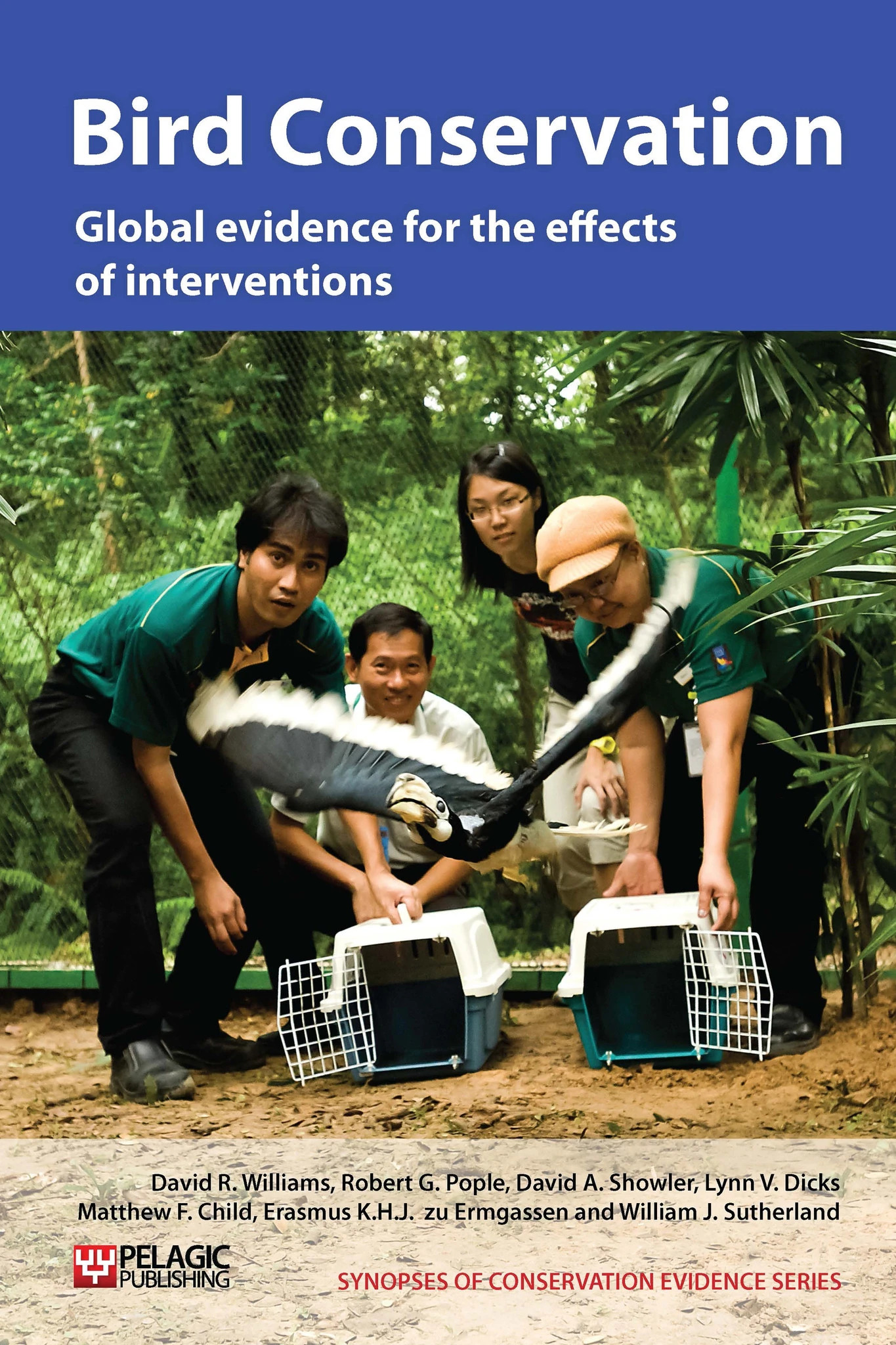Control mammalian predators on islands for waders
-
Overall effectiveness category Awaiting assessment
-
Number of studies: 2
View assessment score
Hide assessment score
How is the evidence assessed?
-
Effectiveness
not assessed -
Certainty
not assessed -
Harms
not assessed
Study locations
Supporting evidence from individual studies
A controlled before-and-after on Simeonof (4,000 ha) and Chernabura (3,000 ha) Islands in the Shumagin Islands, Alaska (Byrd et al. 1997), found that the probable breeding populations of black oystercatchers Haematopus bachmani increased following the eradication of introduced arctic foxes Alopex lagopus (Simeonof: four pairs in 1994 vs. five in 1995; Chernabura: three and five pairs). Total estimated population increased on Simeonof (34 to 41 birds) but decreased on Chernabura (25 to 19 birds). Oystercatcher densities were significantly lower than on islands without foxes.
Study and other actions testedA controlled before-and-after study on Chatham Island (899 km2), New Zealand between 1999 and 2005 (Moore 2005) found that the number of Chatham Island oystercatchers Haematopus chathamensis breeding in a 14 km stretch of beach increased from 16 to 35 pairs over the study period, following the initiation of control (trapping and shooting) of predators, principally feral cats Felis catus, but also other introduced mammals and weka Gallirallus australis. Birds in the management area fledged 18-35 chicks/year, compared with very low fledging success in unmanaged areas.
Study and other actions tested
Where has this evidence come from?
List of journals searched by synopsis
All the journals searched for all synopses
This Action forms part of the Action Synopsis:
Bird Conservation
Bird Conservation - Published 2013
Bird Synopsis





)_2023.JPG)














